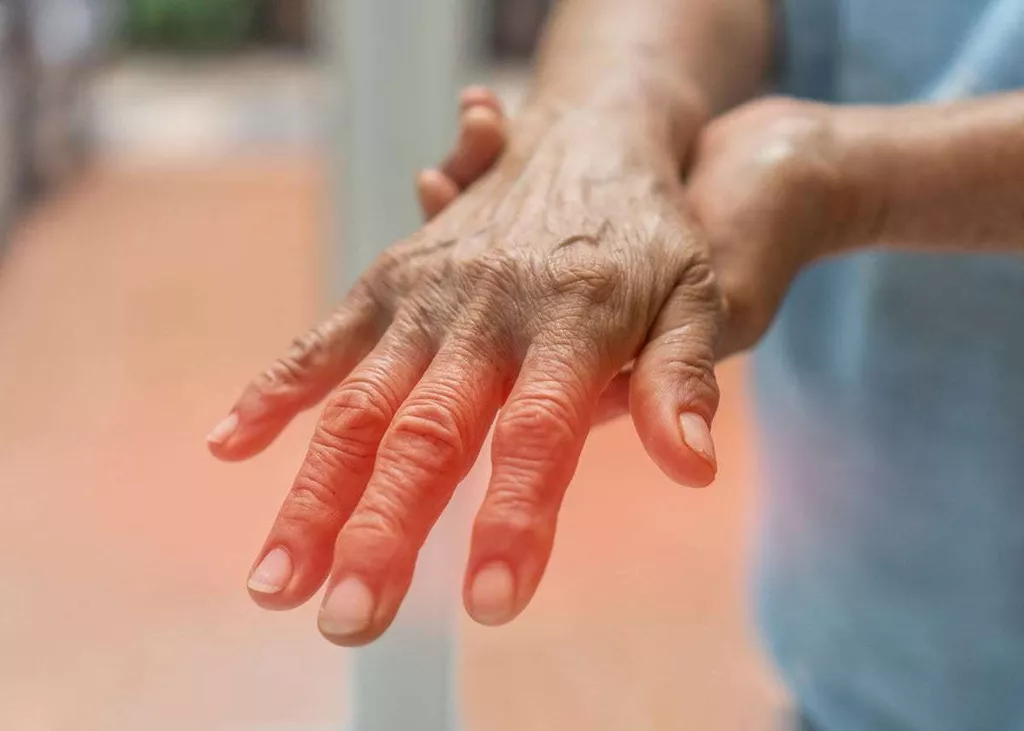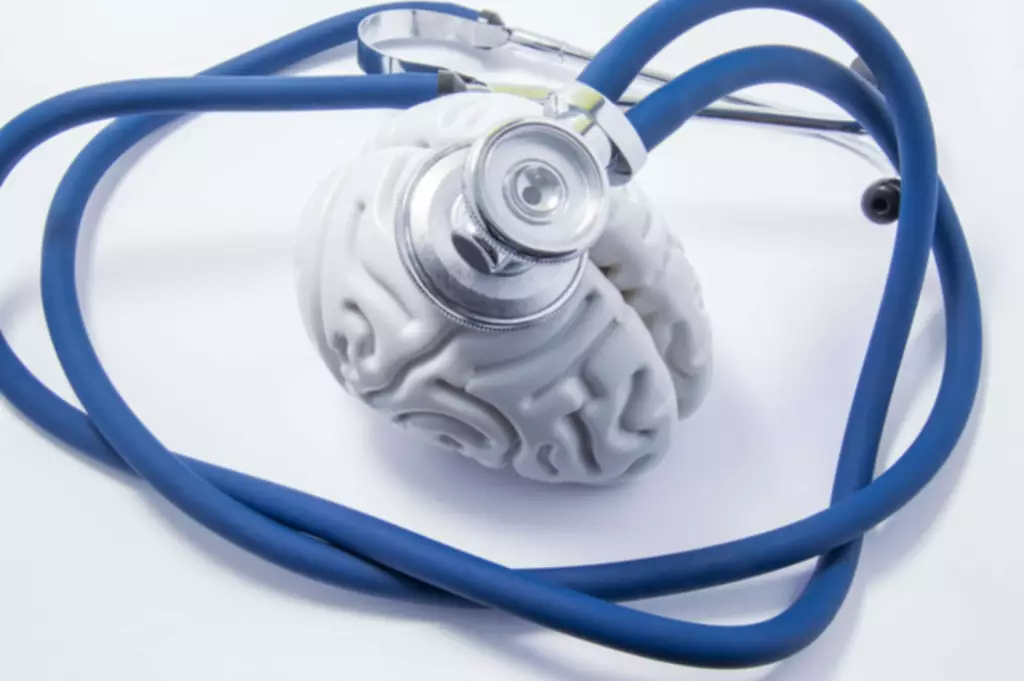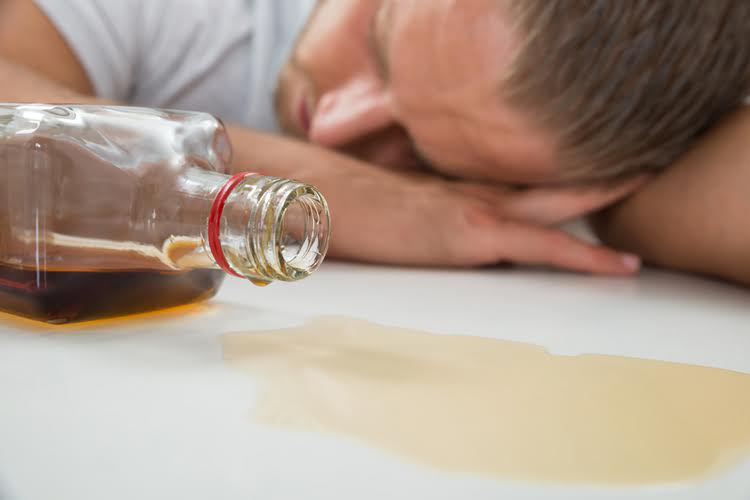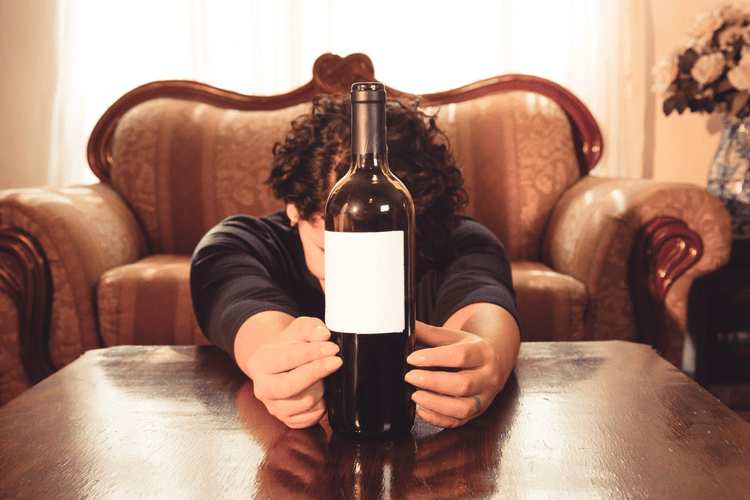Xanax, also known by its generic name alprazolam, belongs to a class of medications called benzodiazepines. It works by enhancing the effects of gamma-aminobutyric acid (GABA), a neurotransmitter in the brain that promotes relaxation and reduces anxiety. While Xanax can be highly effective in managing anxiety symptoms when used as prescribed, misuse or prolonged use can lead to dependence and addiction. To recover from Xanax addiction, people should taper off the prescription drug by taking lower doses over the course of several days or weeks. Physicians and addiction professionals should oversee the tapering process to ensure safety.
- Physical tolerance and addiction are multifactorial processes that involve drug pharmacology, patient factors such as past or current drug use, and social and environmental cues.
- CBT addresses the learning processes underlying substance use disorders.
- Switching from short-acting Xanax to its longer-acting cousin Valium will make it easier for you to quit.
How long does Xanax withdrawal last?
You should discuss your overall health and any medical conditions you may have. You can also ask your medical professional whether any of these drugs are right for you. If you have other questions about what to expect with Xanax treatment, talk with your medical professional or pharmacist. You’ll likely feel the effects of Xanax for several hours after each dose. If you have symptoms of low blood pressure while taking Xanax, talk with your medical professional. They may suggest that you check your blood pressure periodically with a home monitor.
Dosage for panic disorder
This can give your body time safely adjust to progressively lower doses. It can help lessen, and in some cases, might even prevent withdrawal symptoms. The first symptoms of Xanax withdrawal appear within 8 to 12 hours of your last dose. Most people find that their physical symptoms are worse on the second day and improve by the fourth or fifth day.
dead, including 3-year-old, in fiery wrong-way crash on GA highway
7 Xanax Side Effects You Should Know About – What Are The Side Effects Of Xanax – Women’s Health
7 Xanax Side Effects You Should Know About – What Are The Side Effects Of Xanax.
Posted: Tue, 03 Apr 2018 07:00:00 GMT [source]
With such widespread availability, benzodiazepines were also widely abused, and this sedative addiction was finally addressed by the medical community. By Corinne O’Keefe OsbornCorinne Osborn is an award-winning health and wellness journalist with a background in substance abuse, sexual health, and psychology. Many people experience irritability and agitation, which can cause problems at home, work, or school.
However, even after the symptoms of a Xanax overdose wear off, the consequences to the body may persist, potentially with lasting effects. For example, pulmonary aspiration during xanax addiction a lethargic state can lead to aspiration pneumonia or permanent lung damage. The immediate discontinuation of Xanax can lead to serious and life threatening withdrawal symptoms.
- While monitoring clients, treatment centers slowly taper them off Xanax by gradually reducing their daily dosage.
- With proper treatment, individuals can learn to manage the possible side effects of repeated use and disruption to the brain, and minimize instances of relapse for a healthy recovery.
- Ask your doctor more about the differences between physical dependence and drug addiction, and your risk factors when taking Xanax.
- Spotting the signs of addiction can be even harder if you are not the one directly dealing with Xanax use.

The best method for treating co-occurring disorders is considered to be simultaneous and integrated care for both disorders. In this way, both the addiction and the anxiety can be addressed and managed in order to enhance recovery for both conditions. A combination of medications and therapeutic measures should be employed by highly trained medical, mental health, and addiction treatment professionals. DynamiCare Health’s app is being piloted at CODAC Behavioral Healthcare, where Dominic and Samantha are patients.
Tapering off supratherapeutic doses
Instead, addiction is defined as a behavioral condition involving compulsive consumption of drugs or compulsive behaviors that release dopamine, serotonin, and other neurotransmitters. Switching from short-acting Xanax to its longer-acting cousin https://ecosoberhouse.com/ Valium will make it easier for you to quit. Once you are stabilized on a dose of diazepam, your prescribing doctor will help you slowly taper down a little bit at a time. This gives your body and mind the time to adjust to life without Xanax.

Xanax Side Effects

Granite Recovery Centers has been transforming the lives of alcohol and drug dependent adults from New England and well beyond. If you misuse Xanax, it is important to stop and examine your behaviors and your relationship to the drug. Though you might think you just use the drug every now and then to help calm you down, the reality is that it is very easy to become addicted to Xanax. Here are some questions you can ask yourself to see if you might have a Xanax misuse problem. With more GABA available in the brain because Xanax is bound to neurons’ receptors, the individual will feel calmer, relaxed, and even sleepy.
Recent research suggests that long term benzodiazepine use may increase dementia risk.
- This results in a calming effect that helps relieve symptoms of anxiety and panic disorder.
- Alprazolam, a medication that may cause physical dependence and, in some cases, addiction, is commonly prescribed.
- It is also possible to misuse Xanax even if you have a prescription.
- In the event of an overdose, medical providers may pump the stomach to remove as much of the unabsorbed Xanax as possible.
Then someone he met offered him “Tina,’’ a street name for meth. A highly addictive stimulant, meth is especially dangerous for people like Tyler, who said he has bipolar disorder and schizoaffective disorder. But in Rhode Island, people addicted to stimulants who are not in treatment for opioid addiction don’t have access to the app. Nationwide, the combination of cocaine and meth with fentanyl — a synthetic opioid 50 times more powerful than heroin — is driving what experts call the “fourth wave” of the opioid epidemic. Rhode Island had the country’s fourth-highest rate of overdose deaths involving cocaine in 2022, according to the U.S.









